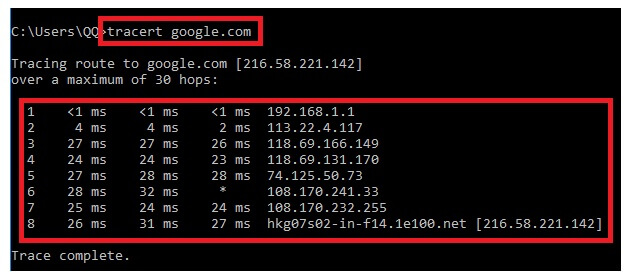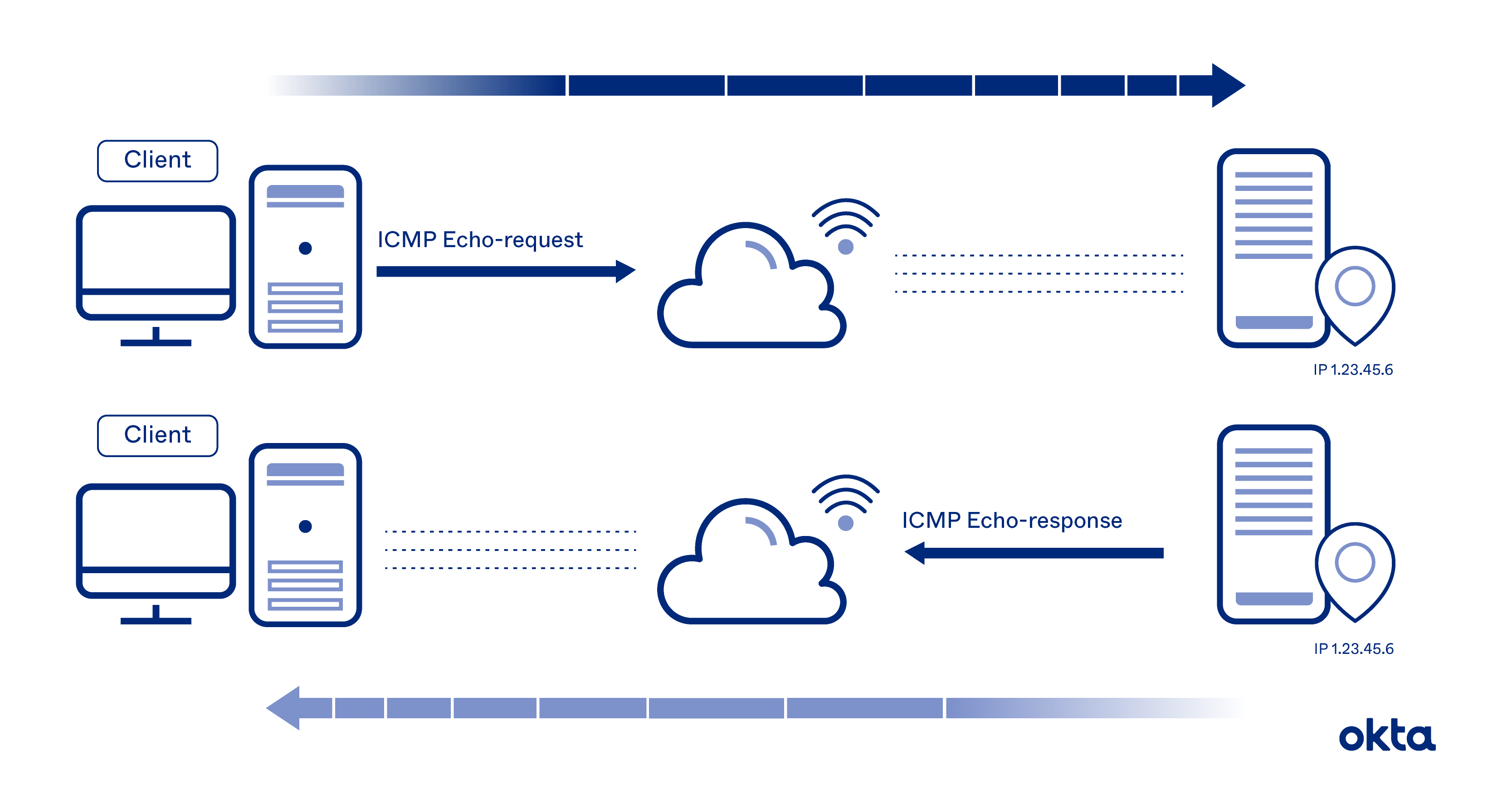Which Protocol Does the Windows Operating System Use for Tracert?
The Windows operating system offers a range of networking utilities that assist users in troubleshooting network connectivity issues. One such utility is Tracert, which helps identify the path taken by network packets from a source to a destination. Understanding the protocol used by the Windows operating system for Tracert is crucial for network administrators and enthusiasts. In this article, we will explore the protocol employed by the Windows operating system for Tracert and delve into its functionalities and benefits.
I. Tracert:

Tracert
An Overview Tracert, short for Trace Route, is a network diagnostic tool that traces the path of an IP packet from a source device to a destination. By doing so, Tracert helps identify network connectivity issues, packet loss, and latency within the network. It achieves this by sending a series of Internet Control Message Protocol (ICMP) Echo Request messages to each intermediate router between the source and the destination.
II. ICMP Protocol:
ICMP Protocol
The Foundation of Tracert Tracert relies on the Internet Control Message Protocol (ICMP) to perform its operations. ICMP is a network layer protocol that is an integral part of the TCP/IP protocol suite. It allows devices to send error messages and operational information concerning IP packet transmission.
III. ICMP Echo Request and Echo Reply Messages:
To trace the route between a source and a destination, Tracert utilizes ICMP Echo Request and Echo Reply messages. The Windows operating system sends out a series of Echo Request messages, each with an increasing Time-To-Live (TTL) value. The TTL determines the maximum number of hops (routers) an IP packet can traverse before being discarded. When a router receives an Echo Request message, it decrements the TTL value. If the TTL reaches zero, the router discards the packet and sends back an ICMP Time Exceeded message to the source. By incrementing the TTL with each successive packet, Tracert can map the route taken by the packets and determine the IP addresses of the intermediate routers.
IV. Tracert and Internet Protocol Version 4 (IPv4)
Tracert in the Windows operating system primarily uses Internet Protocol version 4 (IPv4) for its operations. IPv4 is the most widely deployed network layer protocol and provides the addressing and routing functionality for most networks. Tracert relies on the IPv4 addressing scheme to identify routers along the packet's path.
V. Tracert and Internet Protocol Version 6 (IPv6)
With the gradual transition to Internet Protocol version 6 (IPv6), the Windows operating system also supports Tracert over IPv6. IPv6 offers a larger address space and improved features compared to IPv4. Tracert over IPv6 follows a similar approach to its IPv4 counterpart, utilizing ICMPv6 Echo Request and Echo Reply messages to trace the route between source and destination.
VI. Benefits of Using Tracert
Tracert provides several benefits for network troubleshooting and analysis. These include:
1. Identifying network bottlenecks: Tracert helps identify routers or network segments causing delays or packet loss, enabling network administrators to take appropriate actions.
2. Troubleshooting connectivity issues: By tracing the route to a destination, Tracert helps pinpoint the network segment or router where the connectivity problem occurs, facilitating faster troubleshooting.
3. Analyzing network performance: Tracert provides insights into network latency by measuring the round-trip time (RTT) for each packet sent and received.
Tracert, an essential networking utility in the Windows operating system, relies on the Internet Control Message Protocol (ICMP) for its operations. By utilizing ICMP Echo Request and Echo Reply messages, Tracert maps the path between a source and a destination, providing valuable information for network troubleshooting and analysis. With support for both IPv4 and IPv6, Tracert adapts to evolving network protocols and continues to assist network administrators in maintaining efficient and reliable network connectivity.
